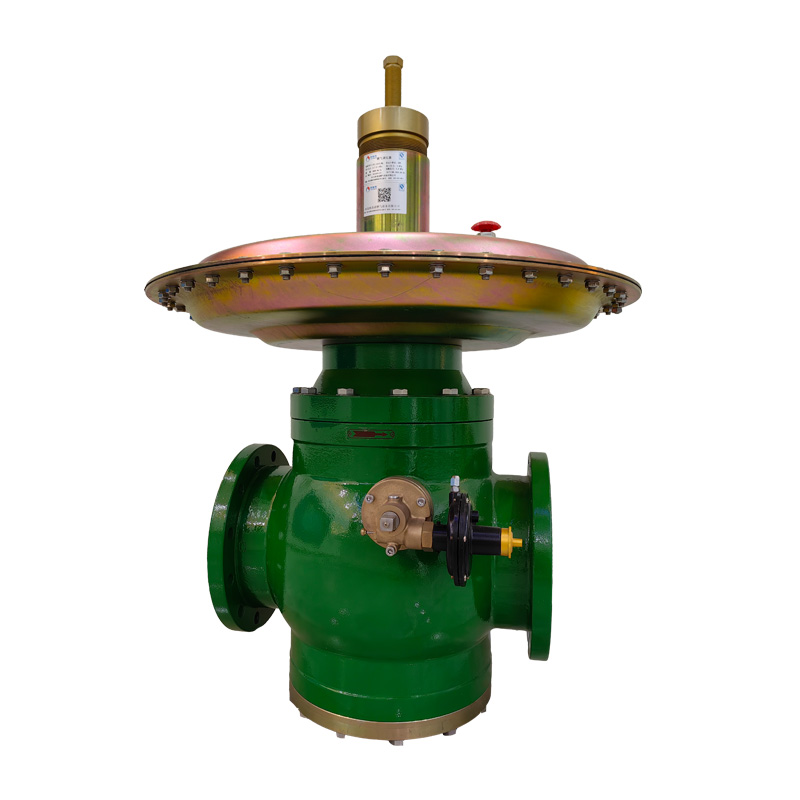
Aug . 01, 2024 00:21
Back to list
Understanding the Functionality and Importance of Gas Pressure Regulator Valves in Systems
Understanding Gas Pressure Regulator Valves Function and Importance
Gas pressure regulator valves are crucial components in various industries and applications that utilize gas. Their primary function is to maintain a consistent output pressure, regardless of fluctuations in the inlet pressure. This is essential to ensure safe and efficient operation of gas appliances, industrial equipment, and various other systems that rely on gas supply.
How Gas Pressure Regulators Work
The working principle of a gas pressure regulator valve can be broken down into a few key components the inlet pressure, outlet pressure, and the regulating mechanism. When gas enters the regulator, it encounters a diaphragm that responds to the pressure differences. If the inlet pressure exceeds the desired outlet pressure, the diaphragm moves to close off the gas flow. Conversely, when the outlet pressure drops below the set point, the diaphragm opens to allow more gas in.
This dynamic adjustment enables the regulator to maintain a steady pressure output, accommodating variations in demand or changes in the supply pressure. Most regulators are equipped with an adjustment screw to set the desired outlet pressure, which can be calibrated according to specific requirements.
Types of Gas Pressure Regulators
There are several types of gas pressure regulators, each designed for particular applications. Some common types include
1. Single-Stage Regulators These are typically used in low-pressure applications. They provide a basic level of pressure reduction without multiple stages of regulation.
2. Two-Stage Regulators These regulators provide more accurate pressure control by employing two distinct pressure-reducing mechanisms. The first stage drops the pressure to an intermediate level, while the second stage provides fine control, making them ideal for applications requiring precise pressure regulation.
gas pressure regulator valve

3. Electronic Regulators These advanced devices utilize sensors, microprocessors, and actuators to manage and maintain gas pressure electronically. They are increasingly favored in environments where automated systems are prevalent.
Applications of Gas Pressure Regulators
Gas pressure regulators are used in a wide array of applications across different sectors. In residential settings, they are essential for appliances such as stoves, heaters, and gas grills. In commercial kitchens, they ensure a steady supply of gas for cooking needs.
In industrial environments, regulators are critical for equipment that requires precise gas pressure for proper operation. This includes manufacturing processes that involve welding, cutting, and chemical reactions. Additionally, gas pressure regulators are also used in medical applications, such as in anesthetic equipment where controlled gas delivery is vital for patient safety.
Importance of Gas Pressure Regulators
The importance of gas pressure regulators cannot be overstated. They enhance safety by preventing excess pressure that could lead to leaks or explosions. By maintaining consistent pressure, they also improve the efficiency and longevity of gas-powered appliances and equipment. Furthermore, by ensuring optimal operating conditions, they contribute to energy conservation, reducing unnecessary gas consumption and emissions.
Conclusion
In conclusion, gas pressure regulator valves play a vital role in ensuring the safe and efficient use of gas across various applications. Their ability to maintain stable outlet pressure while adapting to changes in supply and demand makes them indispensable in residential, commercial, and industrial settings. As technology advances, the evolution of gas pressure regulators continues, driving innovations that enhance safety, efficiency, and performance in gas management. Understanding these devices is essential for anyone involved in the design, operation, or maintenance of gas systems.
Latest news
-
Safety Valve Spring-Loaded Design Overpressure ProtectionNewsJul.25,2025
-
Precision Voltage Regulator AC5 Accuracy Grade PerformanceNewsJul.25,2025
-
Natural Gas Pressure Regulating Skid Industrial Pipeline ApplicationsNewsJul.25,2025
-
Natural Gas Filter Stainless Steel Mesh Element DesignNewsJul.25,2025
-
Gas Pressure Regulator Valve Direct-Acting Spring-Loaded DesignNewsJul.25,2025
-
Decompression Equipment Multi-Stage Heat Exchange System DesignNewsJul.25,2025

